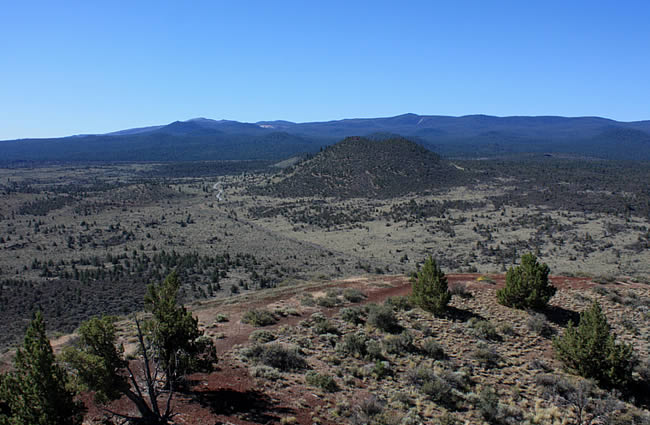
The unique geology of the Lava Beds National Monument results from volcanic eruptions from the Medicine Lake shield volcanoes, which included cinder cones, lava beds, and over 700 lava tubes. The volcanic eruptions were a function of an oceanic plate subsiding under the continental plate.
One of the significant draws of Lava Beds in the opportunity to explore dozens of developed caves. These caves are the remnants of underground lava streams pushed through the subsurface. After the lava exited, it left behind long tube-like caves. Lava Beds National Monument has the largest concentration of lava tubes in the United States.

All caves offer an opportunity to go subsurface with different levels of difficulty, ranging from least challenging to most challenging. Guided tours are available in the summer, but with adequate preparation, most people can enjoy the caves without a guide.
Exploring Caves
Some good caves have high ceilings and relatively smooth floors, including Valentine Cave, Mushpot Cave, and Merrill Cave. Sentinel Cave is located right at the Visitor’s Center and is also an accessible cave.

There are a few things to remember regarding staying safe in the cave. Make sure you wear long sleeves, pants, and closed-toe shoes with sturdy soles. Other essentials for some of the more difficult caves include gloves, knee pads, and a helmet. The surfaces can be uneven and jagged, so it is essential to protect yourself. Also, each person should have a flashlight and an additional light source or batteries.
Hiking Trails
There are 12 hiking trails at Lava Beds National Monument. Trails range from about a half-mile to nearly ten miles, so there is a trail for everyone. Routes pass through points of historical events and features and also geologically exciting places. Pets and bicycles are not allowed on the trails. Make sure to take water with you and be ready for changeable weather conditions.
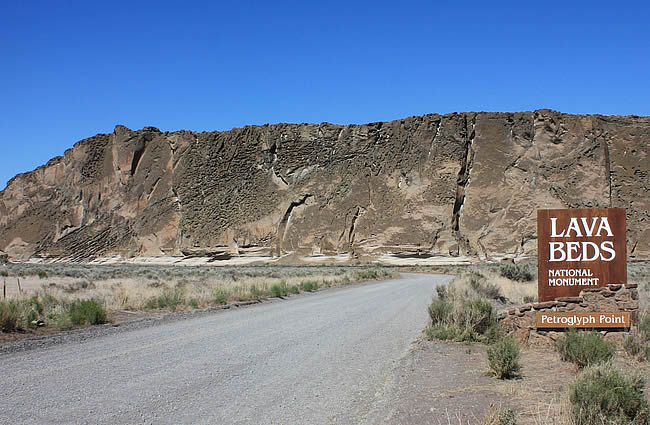
Plants and Animals
When visiting Lava Beds, be prepared to see various plants and animals. One of the most exciting animals in the park is the bat. There are 14 bat species at the park, with robust monitoring and protection effort for these species at the park. The caves are the perfect spot for the bats to roost, raise their young and hibernate.
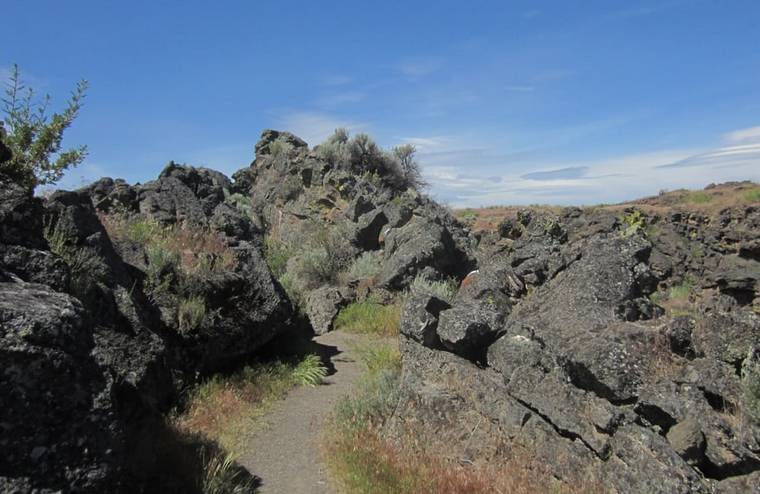
Other mammals range in size from small kangaroo rats to large mountain lions. Birders are drawn to the area for world-class bird watching. Both migratory and year-round resident birds are in the area. Be sure to take binoculars for close-up birdwatching.
Plant species in the Lava Beds areas can be just as stunning as the animals’ Wildflower blooms that occur spring through fall, with different plants blooming at other times.
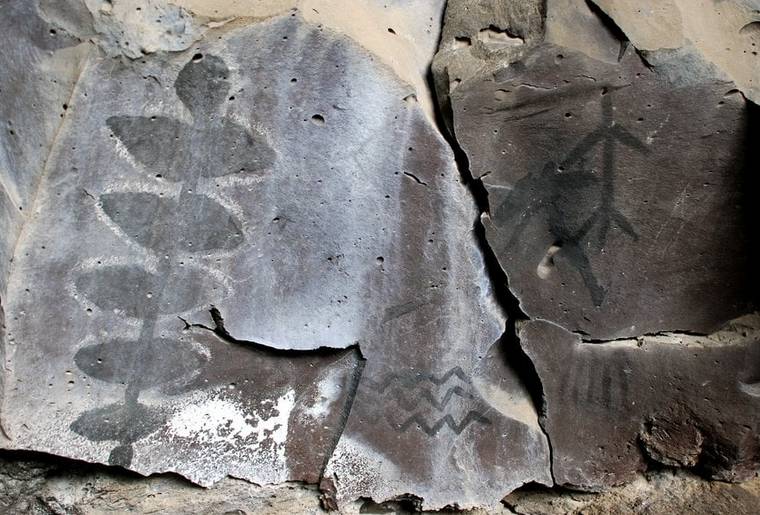
Modoc War
The area of Lava Beds National Monument has been occupied for thousands of years, as evidenced by the Native American rock art and archeological sites in the area. The Modoc War was fought in this area and was the only major war with Native Americans in California. The conflict centered on the proposed forced relocation of the Modoc to the Klamath Reservation.
The Modoc and the Klamath were historical enemies. The war ran for approximately eight months (November 1872 to June 1873) though tensions dated back 50 years before the war began. It was a war that pitted 60 Modoc fighters against 600 members of the US Army. In the end, casualties included 53 US soldiers, 17 civilians, and 15 Modoc warriors.
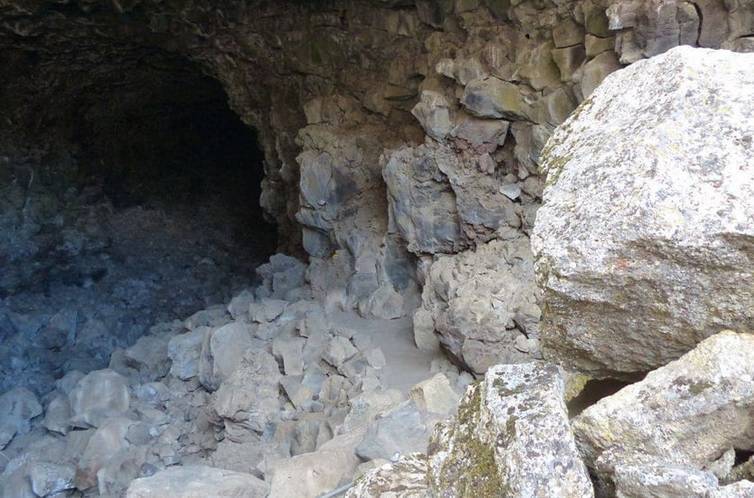
Lava Beds National Monument Getting There
Lava Beds is in a remote corner of the state, and it takes some effort to get there; however, it is worth the trip. From I-5, take Highway 97 to the town of Weed. Turn right onto California Highway 161/Stateline Road. At this point, you will see brown signs with directions to Lava Beds.
Continue east on 161 through the Lower Klamath National Wildlife Refuge to Hill Road. Turn right on Hill and proceed nine miles to the Lava Beds entrance. You should spend about 1.5 to 2 hours reaching Lava Beds from Weed, California. Caves have an average temperature of 55 degrees, so dress accordingly. The visitor center sells essential supplies and will lend out flashlights.
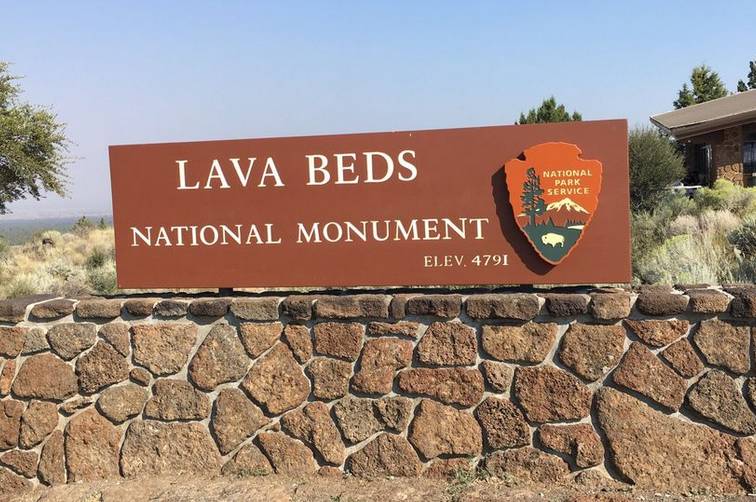
Where to Stay
There is camping within Lava Beds at Indian Wells campground. It has restrooms and drinking water. The campground is open year-round. If you prefer non-camping options, you can look for lodging outside the park in the town of Tulelake or check the Alturas Chamber of Commerce of the Klamath Chamber of Commerce.